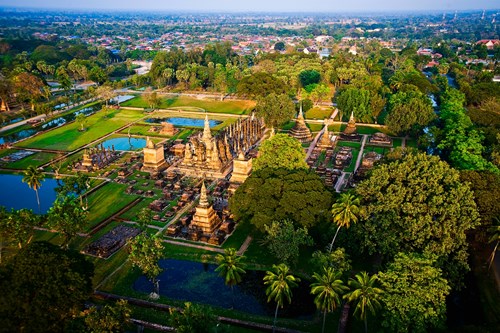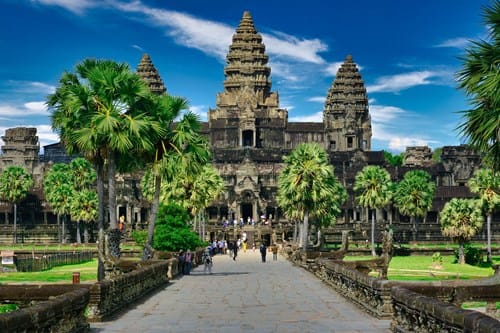Once the first political and administrative capital of the Kingdom of Siam (*) in the 13th and 15th centuries, the Historic Town of Sukhothai illustrates the beginnings of Thai architecture, arts, language, literature and religion. To understand the history and culture of the nation, discover this UNESCO World Heritage Site, which served as the cradle of Thai civilization.
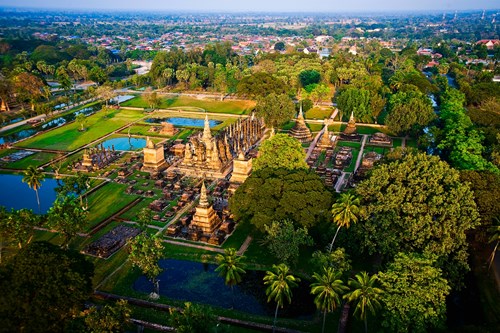
Brief History
A town founded in the 13th century, Sukhothai was the first independent Siamese Kingdom after the Khmer Empire in 1230. It was ruled during a golden age under its third king, King Ramkhamhaeng, renowned for creating the Khmer-derived Thai alphabet. He also laid the foundation for politics, monarchy, and religion.
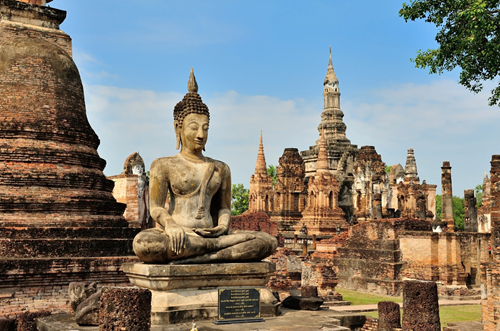
Located in the lower northern region of Thailand, the historic city of Sukhothai, listed as a UNESCO World Heritage Site on December 12, 1991, offers visits to the historic parks of Sukhothai, Kamphaeng Phet and Si Satchanalai.
Sukhothai Historical Park
Sukhothai Historical Park covers the ruins of Sukhothai, Sukhothai literally meaning “Dawn of Happiness” as it is often considered the spiritual capital and a second royal residence. As the core of the kingdom’s lucrative ceramic industry, it was also an affluent city that used much of its treasures to build impressive temples and monasteries.
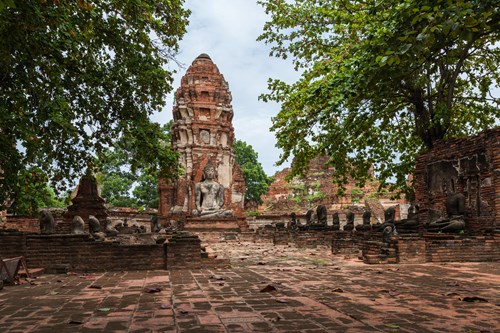
This large park is renowned for having 193 ruins on 70 square kilometers of land. Inside are the remains of the royal palace and twenty-six temples, the largest being Wat Mahathat.
Si Satchanalai Historical Park
Si Satchanalai Historical Park, which translates to “City of good people,” is the second-most important town of the Sukhothai Kingdom. The historic center of Si Satchanalai, north of Sukhothai, boasts an extensive collection of temples. There are 215 ruins inside the historical park.
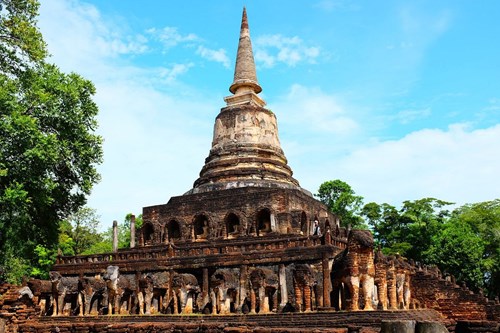
Kamphaeng Phet Historical Park
Once an impressive military outpost, Kam Kamphaeng Phet, which means “wall as hard as diamond”, was a ceremonial center with a large palace and up to 20 temples. While the royal residence no longer exists, the remaining temples make up the Inner Zone of the Kamphaeng Phet Historical Park.
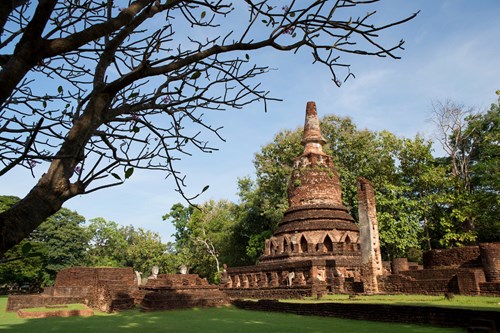
Cultural Significance
The Historic Town of Sukhothai is a true Siamese masterpiece, whose distinctive architectural style has been reflected in the planning of cities, religious buildings, and urban infrastructure throughout the country. The temples at the historic sites continue to be revered and popular with Buddhists today.
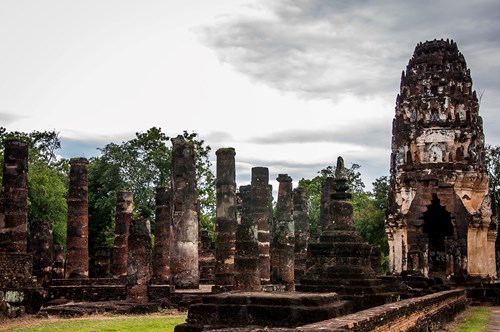
A major cultural site in Thailand, Sukhothai is a must-see for any traveler wishing to fully immerse themselves in the nation’s beautiful heritage. A true hidden gem, the ancient city perfectly encapsulates the beauty of its rich history and culture.
Note:
(*) Siam (Thai: สยาม Sayam) is the ancient name of Thailand. It is the transcription of the name given to the Thai people by the Khmers. The kingdom of Siam was founded in 1350 by King Ramathibodi I. The country took the name of Thailand in 1939, after General Plaek Phibunsongkhram took power.
